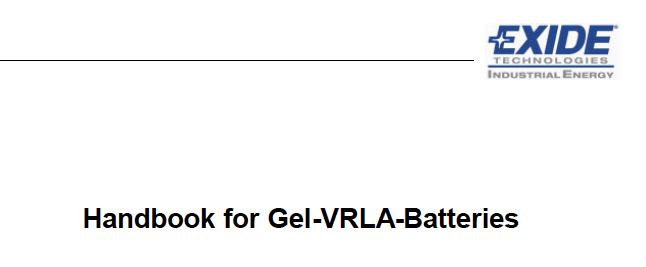Small system (off-grid house): 12V Sonnenschein gel battery (600Ah), two Victron MPPT 150|60 SmartSolar controllers, 4 solar panels and SmartShunt. The two solar controllers have identical settings except for equalisation. One has Automatic equalisation 'Every 30 days' (fixed time, 2 hour duration), the other has Automatic equalisation 'Disabled' - as recommended for multi-controller installations, only one controller should have equalisation enabled. I recently enabled VE.Smart Networking and verified that absorption and bulk times are now the same for the two controllers.
What happens with equalisation when controllers are networked and only one controller has equalisation enabled? It's now over 30 days since the last equalisation and no equalisation has occurred.



